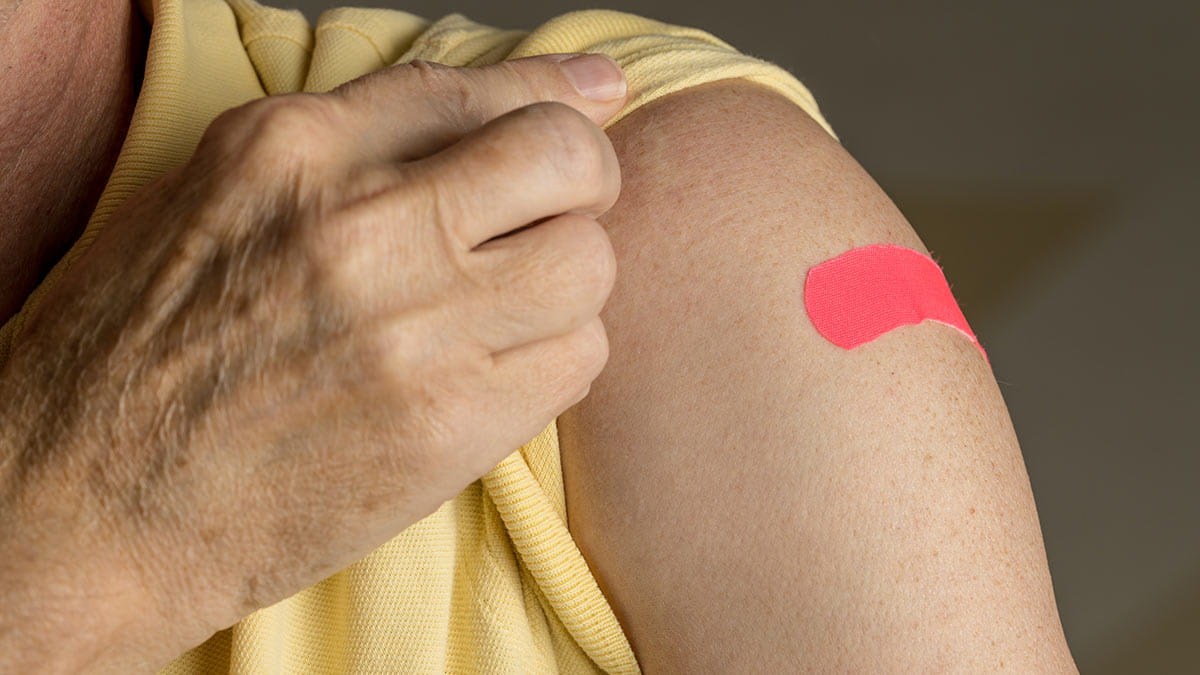5 things to do to help determine if you have an allergy
 Runny nose, itchy eyes, splotchy skin, nausea and vomiting are common allergy symptoms, but allergies aren’t the only reason you can experience these reactions. They could be signs of a cold, an infection or even food poisoning.
Runny nose, itchy eyes, splotchy skin, nausea and vomiting are common allergy symptoms, but allergies aren’t the only reason you can experience these reactions. They could be signs of a cold, an infection or even food poisoning.
Allergies occur when your body treats a substance like an enemy when it should be ignoring it. Environmental allergies to grass, ragweed or trees can manifest as eye itching, watering or redness; running nose; sneezing; stuffiness; cough; and wheezing. The same list of symptoms goes for pet allergies. Food and medication allergies can trigger nausea and vomiting, hives and trouble breathing.
But not all bad symptoms are necessarily due to an allergy. Nasal symptoms could be linked to inflammation triggered by weather changes or a viral infection. Some people who think they had an allergic reaction to fish and shellfish, may have had food poisoning from eating spoiled fish that wasn’t refrigerated properly. And medications such as narcotic painkillers have known side effects that are similar to common allergy symptoms.
Getting to the root of what’s making you sick is part detective work and part science, and both the patient and the doctor play important roles. My patients are often surprised by the vast amount of information I ask for when I’m trying to determine what’s going on with their body. In fact, 80% of my diagnosis of an allergy comes from talking with my patients. Any allergy testing I order helps supports the history the patient provides.
Here’s some homework you should aim to complete before your allergy appointment:
1. Create a timeline of your symptoms.
This could be over a couple of days or an entire year. Keep track of what the symptoms are, when the symptoms developed and how long it took for the symptoms to improve. Include whether you had any other health issues around the same time. This level of detail helps tremendously.
2. Log what you ate and the medication you took.
Write down everything you ate or took in the period leading up to your symptoms. If you’re concerned about a particular trigger, avoid eating that food until you talk to a medical professional about it.
3. Make a list of all the places you’ve visited.
You may have encountered something outside or at a relative’s home that triggered an adverse reaction, such as mold, pollen or a chemical irritant.
4. Note all the people and animals with which you came in contact.
Maybe you spent time with a friend who smokes or an animal brushed up against you at the park. Secondhand smoke, animal dander and other irritants can initiate an immune response.
5. Take photos.
I can’t count the number of patients who have struggled with rashes for weeks only to have them clear up just before their appointment. A photo of your skin when it’s flared up can help with my diagnosis.
Kara Wada, MD, is an allergy and immunology specialist at The Ohio State University Wexner Medical Center.




